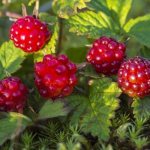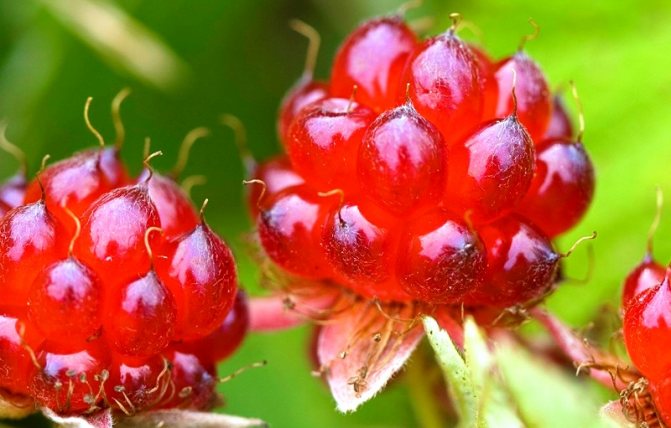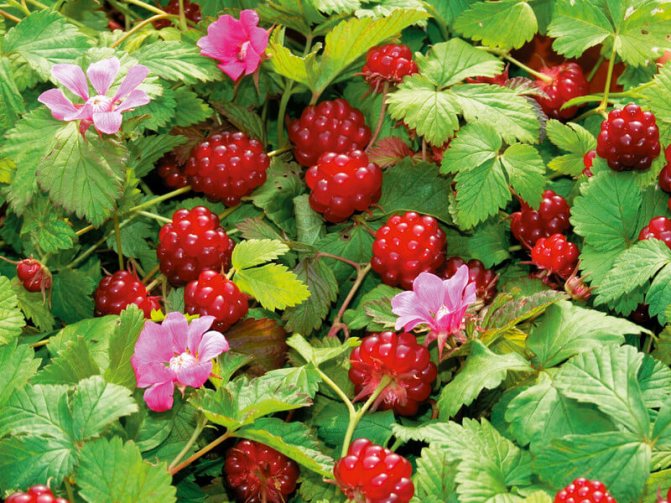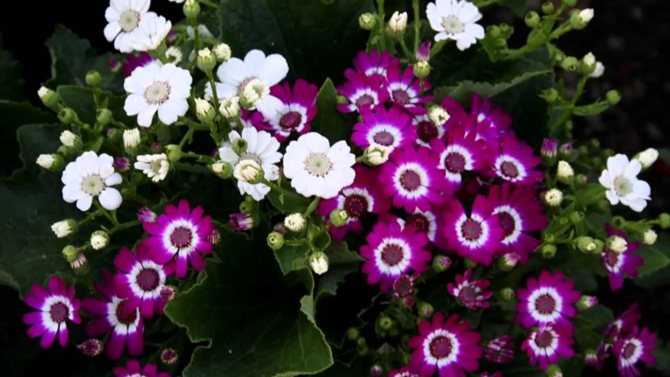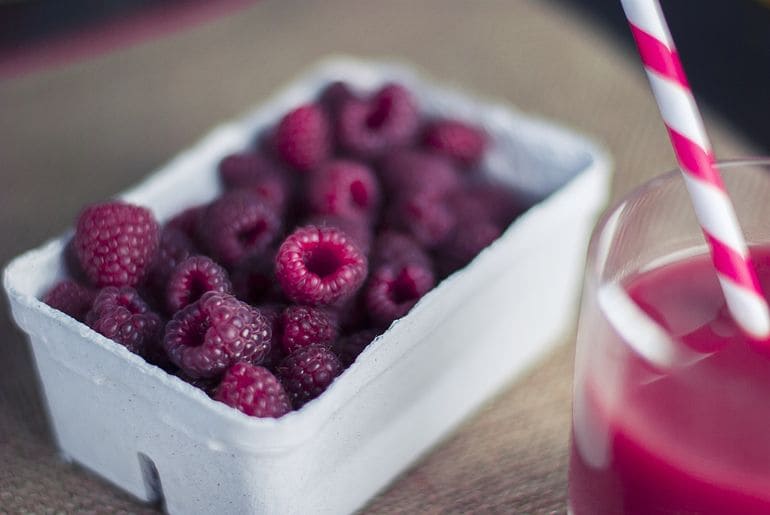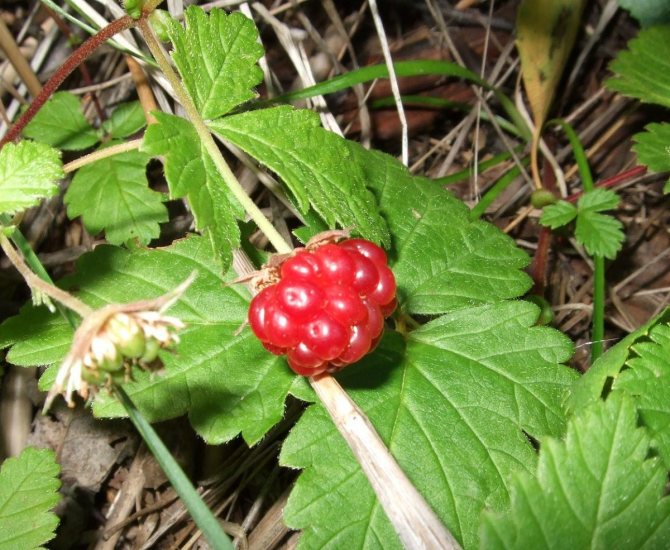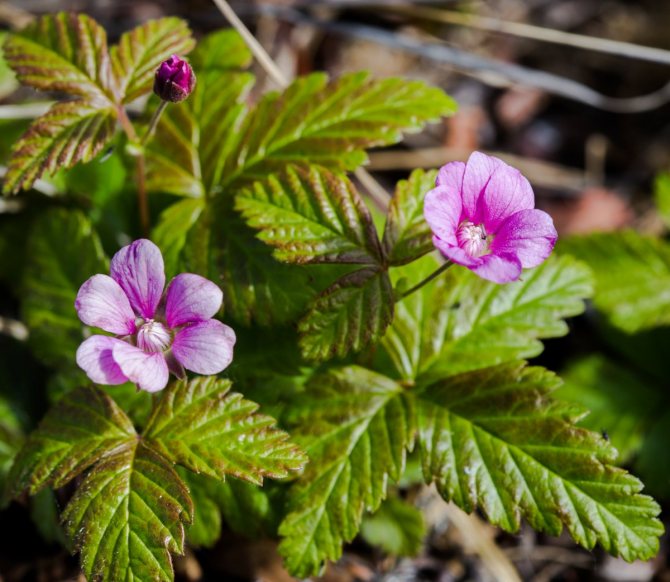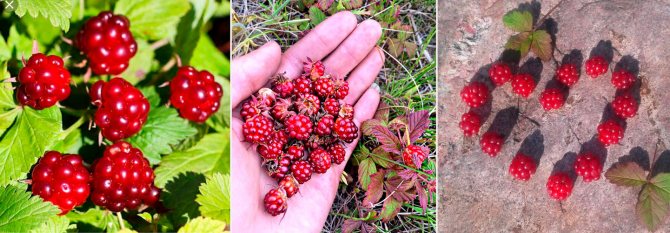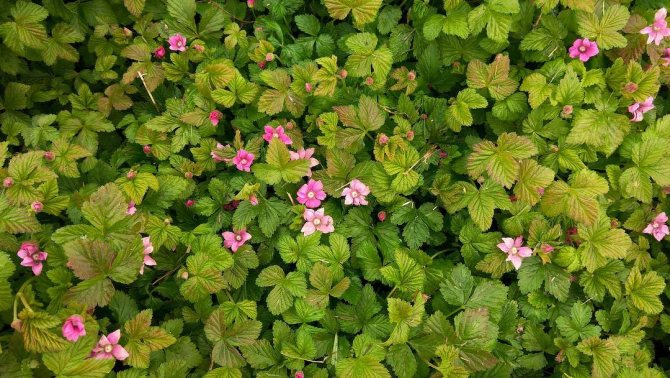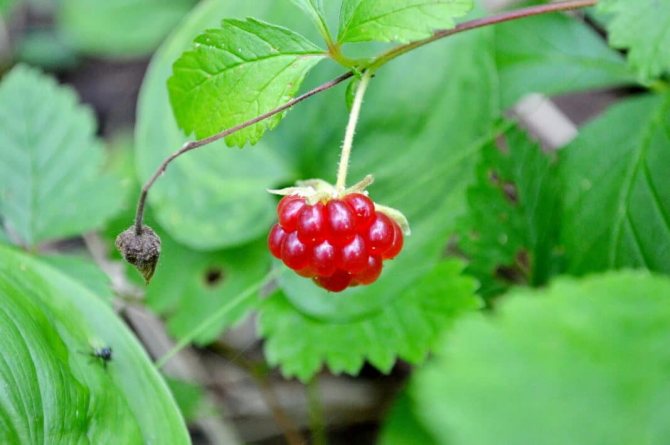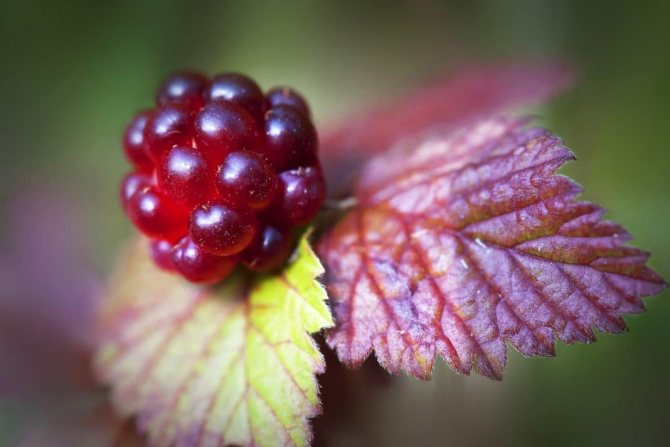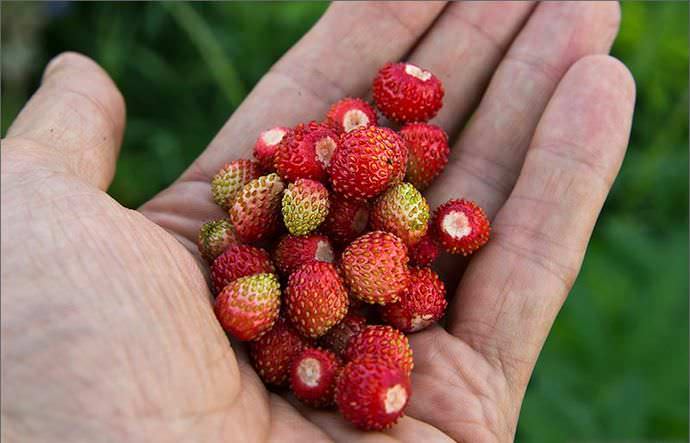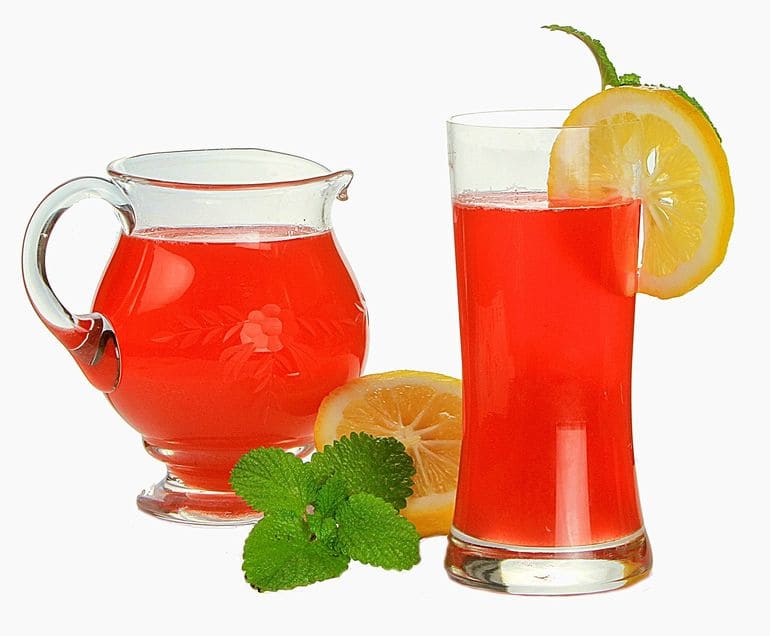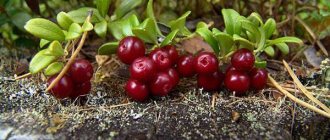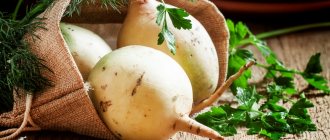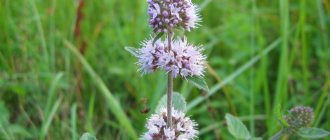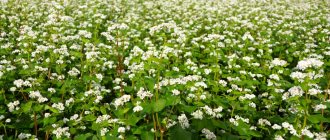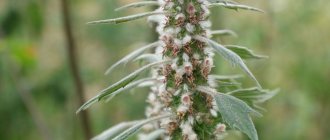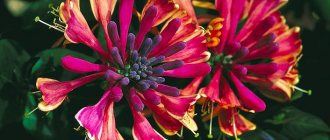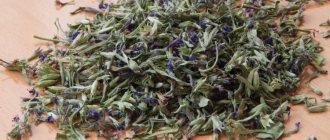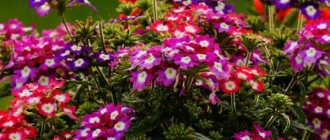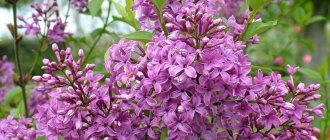The glade plant (lat.Rubus arcticus) is a representative of the Pink family. Other names are arctic blackberries or raspberries, hohlyanka, mamura, princess, kumanika. It is found mainly in the northern hemisphere, in the Arctic and alpine regions. Glade is familiar to residents of Alaska, Scandinavia, Russia (north, Siberia, Far East), Poland, Belarus, Mongolia, northeastern China, North Korea, Estonia, Lithuania, Canada, and the United States.
The princess prefers areas where there are no or few other plants. She loves moisture and acidic, organic-rich soil. Wild plants thrive in the arctic tundra, heather and swampy coniferous forests, old pastures, wet meadows, and clearings. Cultivated varieties are grown not only in the north, but also in the middle lane, for example, in summer cottages in the Moscow region.
Photo: what Polyanika looks like
Description
The plant is a perennial shrub up to 30 cm high, with a thin creeping rhizome. It goes into the soil to a depth of 25 cm. Knyazhenika is a berry whose bush has trifoliate green leaves, a single, apical flower up to 2 cm in diameter (five petals, color - from dark pink to pale pink).
Flowering begins in late May and lasts up to 35 days. In early July, you can find bushes with flowers and fruits. Bumblebees, flies, wasps, and bees "work" on pollination of flowers. The yield directly depends on the weather conditions. It is considered a good honey plant.
In autumn, the upper part of the plant dies off, but the root system remains. In the spring, it gives life to new flowering shoots, growing in a continuous carpet. Branched stems, do not form whiskers. The plant is unpretentious, frost-resistant.
How to plant meadow strawberries (video)
Meadow strawberry differs from wild strawberry in its spherical shape of berries, as well as in its characteristic taste and aroma. In central Russia, the berry fully ripens in late June or early July. The culture does not have a high yield, therefore its cultivation in household and garden plots is economically inexpedient and is rather decorative in nature. If you are going to cultivate strawberries primarily for the sake of the berry, it is better to give preference to other varieties.
Fruit
At the end of July and beginning of August, it is time to collect many forest fruits, and the prince is no exception. The berry is a juicy polystyrene weighing up to 2 grams.
In shape, they resemble the berries of an ordinary raspberry. The color is much more varied: red, purple, red-white, cherry. It depends on the variety and growing conditions (mainly on the illumination of the site). The aroma and taste of the berries are unique, reminiscent of pineapple and strawberries at the same time.
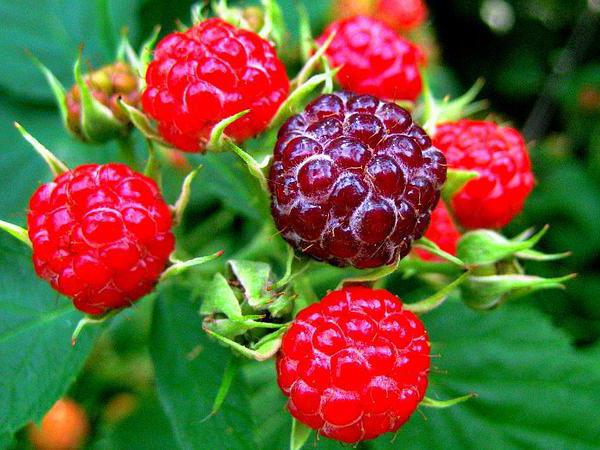
Fruits are tender, firmly on the stalk. Berries contain vitamins, trace elements, acids (malic, citric, ascorbic), fructose, glucose, tannins.
In cosmetology
On the basis of wild strawberries, masks and face creams are produced that help soften, whiten and cleanse the skin. Shampoos and balms with extracts of this plant can moisturize the scalp and nourish the hair.In addition, the berry is used to create means for rejuvenating and eliminating the oily skin of the face.
Strawberry fruits, leaves, flowers and even roots are a storehouse of vitamins, trace elements and nutrients. Knowing the botanical description of the plant, you can easily distinguish it from other members of the species. Also, half-bream is cultivated in garden conditions, caring for it as for an ordinary cultivated berry.
Varieties
In the wild, there are up to 40 species of this shrub. The rarity of the berry, along with its taste and medicinal qualities, made breeders think about breeding such a variety as the prince's garden berry.
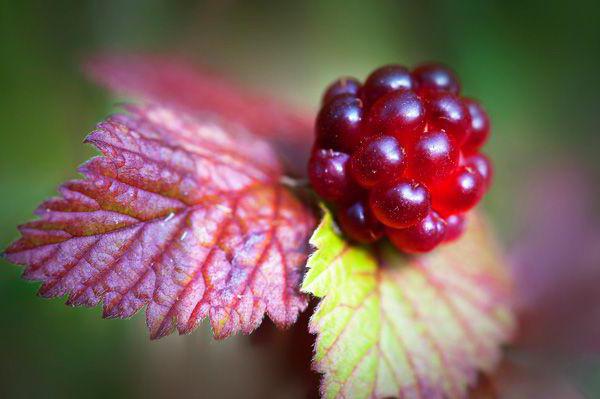

The first varieties of the princess were bred by Finnish scientists. In 1972, varieties such as "Mesma", "Mespi" and "Pima" were officially registered. The work continued, and the result of crossing the obtained plants with the Alaskan species was the Yalamachin variety. It is distinguished by its increased yield and excellent berry taste.
The prince-berry and common raspberry gave birth to a nectar raspberry hybrid. The first officially registered in 1975 was the Heya variety, then in 1981 another hybrid, Heisa, was recognized. Both varieties inherited large fruits and high productivity from raspberries, and frost resistance and delicate honey taste of berries from the princess.
Planting and leaving
The princess is a medium-sized plant, its bushes can be placed at a distance of 15-25 cm from each other (depending on the size of the local variety).
Nectar raspberries require more space: the distance between plants should be 0.35-1.8 m. It is planted in pits 30-40 cm deep or in grooves.
Pruning is not required for the princess, except for the removal of diseased and dried branches. For nectar raspberries, it is mandatory to remove two-year-old fruiting shoots, which is carried out in the fall (hemp is not left with it). In spring, shoots are shortened to a living bud and shoots (extra annual shoots) are removed so that it does not compete with fruiting shoots. In June, young shoots of nectar raspberries are pinched at a height of 80 cm or more, while 3-5 cm of the top is removed.
The prince must be watered so that the soil around her does not dry out completely. Nectar raspberries are watered less often (it tolerates short-term droughts better) than the prince, but more often than ordinary raspberries - 7-8 times per season.
Both species respond well to both mineral fertilizers ”and organic (fermented manure solution or“ Humisol ”solution).
It is enough for the prince to feed once a year in the spring with a mixture of organic and mineral fertilizers in the form of a solution. Nectar raspberries require more nutrients, ideally it should be fed 3 times per season (in spring, at the beginning of flowering and after the end of fruiting).
Other care includes protection from weeds (it is necessary to deal with them especially carefully in the first years after planting) and periodic loosening (shallow).
In northern regions, nectar raspberries may need shelter (like common raspberries).
To protect against fungal diseases and pests (especially for nectar raspberries, which suffer from the same diseases and insects as ordinary raspberries), in the spring, it is advisable to treat the plants with a 3% solution of Bordeaux liquid.
Growing
Thanks to the presence of such hybrids, its cultural breeding became possible. In many gardens and household plots in the northern regions of the country, a princely berry is planted. Growing such a culture is not difficult. It is much more difficult to get a decent harvest.
A few tips for growing a princess in a garden:
- the soil should be peaty or sandy, always loose;
- the plant prefers acidic soils;
- area - with diffused light;
- it is better to propagate by root shoots and plant them tightly;
- the combination of two varieties on the site will be optimal, cross-pollination will help to get more berries;
- in dry summers, abundant watering will help plants develop better;
- rotted manure and leaf humus are perfect fertilizers.
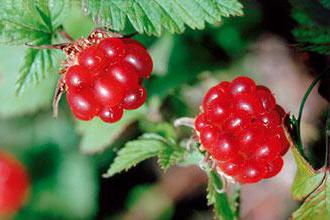

Young plants germinate in spring and, expanding, cover the entire area with a solid green carpet. The crop is obtained in the second or third year after planting. You can propagate the princess by seeds. To do this, make a furrow in the soil up to 0.5 cm deep. Sprinkle the seeds with clean river sand, and cover them with moss on top. In addition to obtaining berries, the plant serves as a magnificent decoration of the site. It is often planted along garden paths.
Contraindications
Princess berries rarely cause side effects. This happens most often if you eat too much of the sweet fruit. Despite this, there are a number of indications in which the use is not recommended or prohibited:
- Individual intolerance to a single component.
- Allergy.
- Minor stomach upset.
- Decrease in blood pressure.
- Slowdown of blood circulation.
The fruit is forbidden to be consumed by persons who have a stomach ulcer or epilepsy. It is also worth refraining from this delicacy for people who have recently undergone surgery.
The daily dose should not exceed 100 grams per day for adults and 50 grams for children. Juice or tea should also not be overused. The permissible daily rate is 200 grams per day, intermittently.
The princely bushes will not only give a rich harvest when properly grown, but also decorate the gardener's garden. Before buying cuttings, it is worth carefully preparing the soil before planting and taking care of buying substances that will protect the bushes from pests and diseases. The main enemy of the princess is high humidity, heat and low acidity of the soil.
Using
The fruits of the plant perfectly quench thirst and tone the body. They are consumed fresh. If there are a lot of berries, you can make jam, tinctures, juice, jelly from them.
In cooking, frozen and dried fruits are used. They are used to prepare jelly, syrups and other desserts. The leaves are used to brew tea. In the alcoholic industry, berries are used for aromatic liqueurs and liqueurs.
Knyazhenika is a berry that has proven itself as a medicinal plant. Almost all of its parts are used:
- Fresh leaves can be applied to the wound, it "works" like the well-known plantain. A decoction of the leaves is an excellent remedy for gargling a sore throat.
- Tincture of dried berries will help to heal the intestines, heal the liver. The high content of nutrients in berries will increase the body's immunity, strengthen its defenses.
- Decoctions of leaves and berries are also used externally. Compresses help with rheumatic pains, relieve allergic skin reactions. Lotions help out with children's diathesis and urticaria (allergic).
- Special preparations made from the princess help restore the body's water-salt metabolism in case of gout or kidney stones.
There are no contraindications for the use of berries, except for individual intolerance.
General information about the berry
The prince is growing up in Russia and her appearance is truly royal, which corresponds to the name. It has a lot of useful substances, is used in medicine and cosmetology, as well as the jam from the princess is very tasty. The berry hikes raspberries, strawberries, drupes and blackberries at the same time. The color is more intense than that of a raspberry. Fruits with a purple tint are sometimes found. The taste is somewhat vaguely reminiscent of pineapple. The catch is that not every gardener is able to grow princely bushes and harvest every year.
The princess prefers a temperate and cold climate. Loves coniferous forest, peat bogs and moss. That is why growing in a garden is so problematic.It can be found in the foothills of the Russian Federation in the Northern Hemisphere, but these seedlings will not be suitable for planting. The process of growing this berry has its own characteristics. The first thing to note is the air temperature. The climate should be cool with moderate humidity. In the south of Russia, where it is very hot and humid, it will be difficult to grow this berry.
The soil in coniferous forests is acidic. It is this factor that affects the fact that the princely bushes do not take root. Like needles, the soil where they are planted must be periodically fertilized with vinegar to create favorable living conditions. Planting and grooming requirements are somewhat similar to the situation with cranberries or lingonberries. Also, abundant pollination of flowers is required, otherwise you should not wait for berries. That is why experienced gardeners are advised to grow at least two varieties of this fruit.
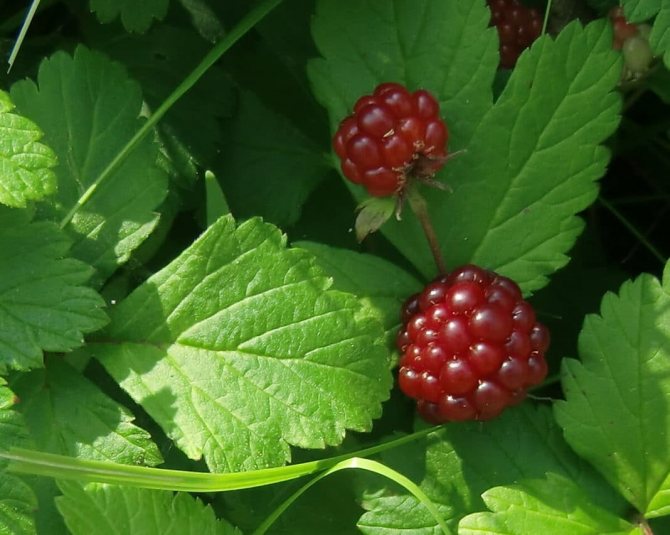

What does the princess look like
The princess is a perennial plant with a powerful root system, but the harvest is not rich. Therefore, if someone decides to grow this berry, you need to understand that an extensive planting is required. The taste of the fruit is sweet and rich. If you then make jam, then you need a minimum of sugar. The princess is most often rubbed through a sieve and mixed with sugar to be consumed raw, without cooking. This is what the princess looks like in the photo:
How useful is the princess
A rare Russian berry is eaten by the princess not only for pleasure, the fruits of the plant have healing properties. Arctic raspberry:
- strengthens the body's immune resistance and helps in the fight against colds;
- has antipyretic and anti-inflammatory effect;
- serves as an effective diuretic and decongestant;
- helps to cope with vitamin deficiencies;
- is a good addition to dietary nutrition;
- reduces painful sensations in rheumatism and gout;
- has a beneficial effect on bronchitis and pneumonia;
- relieves unpleasant symptoms of urolithiasis;
- increases the level of hemoglobin in the blood.
It is also recommended to take the princess with diarrhea, the berry helps to improve the functioning of the intestines. Arctic raspberry-based drinks quench your thirst well in the summer heat.
What the prince's taste is like
Arctic raspberries are especially prized for their unique flavor. In small berries, you can distinguish the shade of strawberry and pineapple - the fruits of the northern plant are sweet and juicy, but at the same time they have a very pleasant slight sourness.
The composition and calorie content of the prince's berries
There are quite a lot of useful substances in the Arctic raspberry - they explain the many valuable properties of the fruit. In particular, the composition includes:
- organic acids - malic and citric;
- vitamin C;
- natural vegetable sugars;
- tannins;
- essential oil.
In terms of nutrients, the composition of Arctic raspberries is completely carbohydrate. And the calorie content of the berry is very low - only 26 kcal per 100 g of fresh fruits.
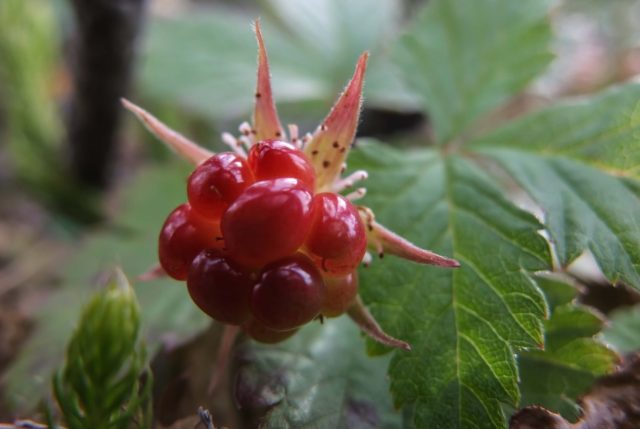

Interesting Facts
Did you know that the bone marrow is capable of predicting the weather? You can find out the forecast results in a day. In sunny weather, the leaves are rolled into tubes, and before the rain they open completely.
In ancient herbalists, you can find references to the magical properties of the berry. With its help, a headache was spoken, relieved of obsessive states. Boneberry in such cases was included in the herbal tea recipe.
Gardeners rarely grow stone bones on their plots, since they cannot count on a large harvest in such conditions. But underestimating its usefulness is unwise. If this wonderful berry is found in your places, try to prepare it to diversify your diet with healthy and tasty products.
Preparation of medicinal raw materials
The drupes are harvested after the berries are fully ripe (from July). Foliage and roots can be harvested at the same time. It is necessary to go to the forest in the morning, in dry weather, when there is no dew anymore.Berries must be torn with stalks, choose a shallow container with hard walls.
Cut off the aerial part of the bush with a knife. Dig out the rhizomes carefully so as not to damage the neighboring plants. To preserve the appearance, you cannot dig up all the roots.
The crushed raw materials are washed and dried in the shade in a ventilated place, periodically turning over. For this purpose, you can use a dryer or oven with a temperature of 45-50 ° C. You can store the workpiece for 2 years, choose bags made of natural fabric or glass containers.
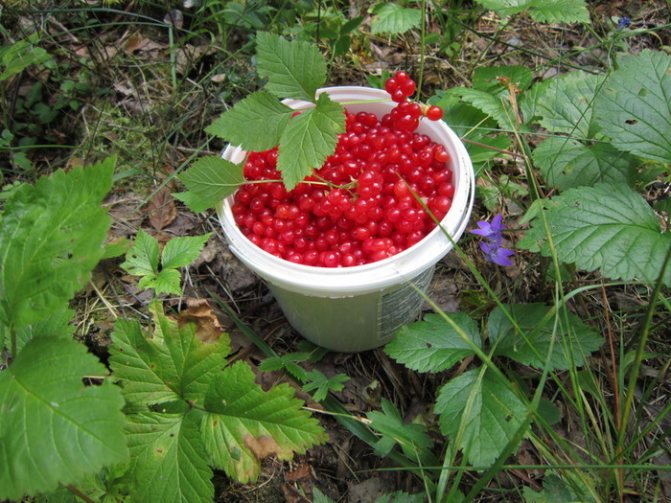

To preserve the maximum useful properties, berries can be dried or frozen. In the first case, you can store the workpiece for two years, in the latter - a year. Before freezing, the berries are washed, dried, placed in containers or plastic bags and sent to the freezer.
You can keep the berries in cold water for a while. Sometimes they are simply sprinkled with sugar in layers (the layer thickness is 2-3 cm), folded into a jar, and stored in a cellar or refrigerator.

